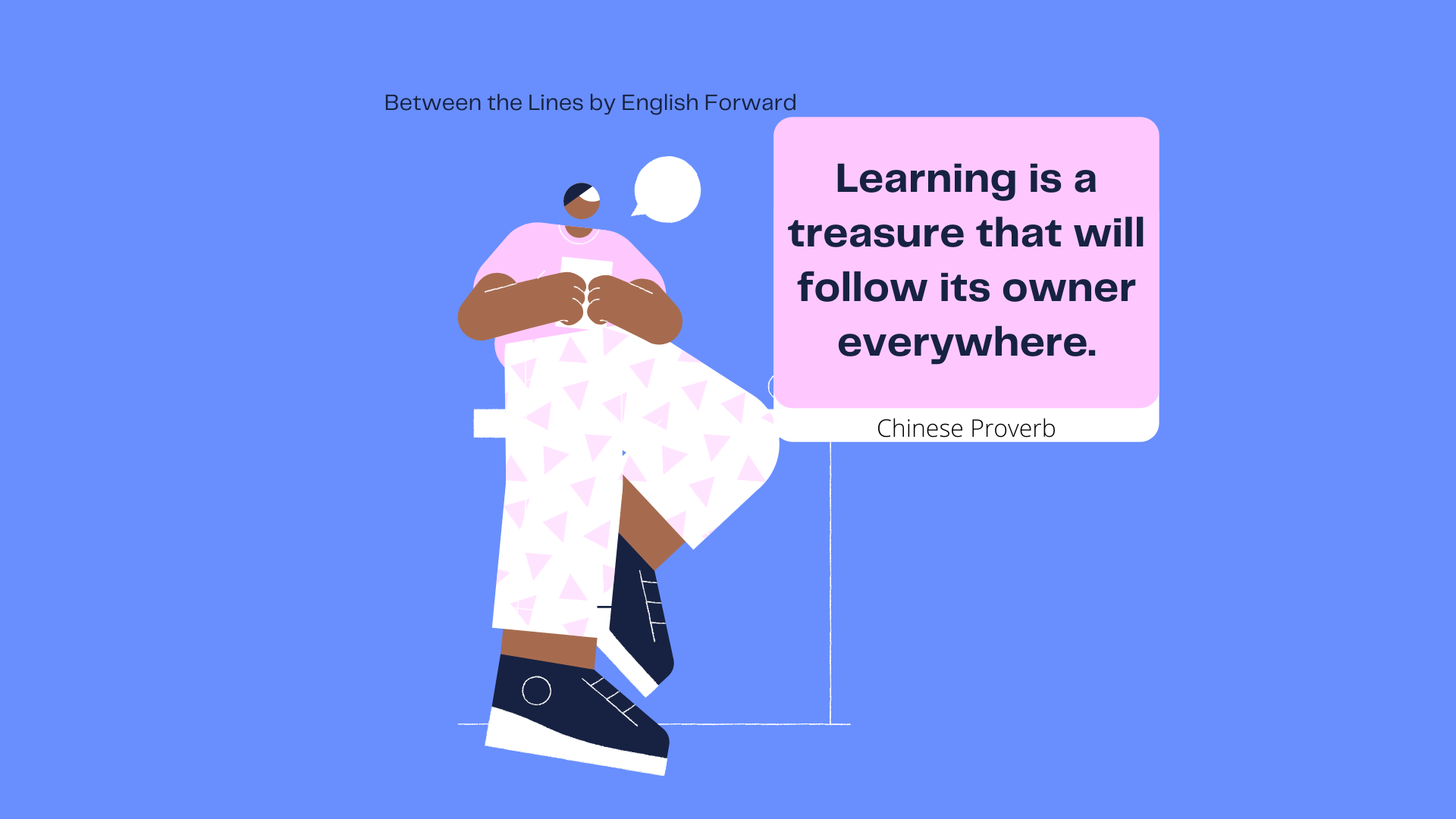Are you ready to learn a lesson on compound subjects? When a sentence has two or more subjects, this means that it has a compound subject. Seems easy when you know and follow some rules.
- All valid sentences in English grammar are composed of a subject and a predicate.
- A subject is the part of a sentence that contains the person or thing performing an action (verb), while a predicate contains the action, and expresses what is said of the subject.
- There are three types of subjects and predicates. We have simple subjects, compound subjects and complete subjects while under predicates, we have simple predicates, compound predicates and complete predicates.
- A simple subject is just who or what is doing the action without any modifiers, while a simple predicate is just the action that is done in the sentence.
- On the other hand, a complete predicate includes the verb and all the words that explain it, while a complete subject is a simple subject, with modifiers (often adjectives).
Let us now discuss our topic of interest, compound subject, extensively.
What is a compound subject and predicate?
It is a subject with more than one simple subject, all sharing the same verb and joined by a conjunction. A compound predicate has two or more verbs that share the same subject and are joined by a conjunction.
Here’s a compound subject example and a compound predicate;
Mom and dad will come to my graduation – compound subject.
I did my homework and played football – compound predicate
How do you find a compound subject in a sentence?
1. Compound subjects joined by “and”
When a sentence has more than one subject, it is important to remember to follow the subject-verb order. The two must agree in number. There exists a singular subject which has one subject and a plural subject which has two or more subjects.
Examples:
A singular subject: Anne likes cake.
A plural subject: Ann and Kate like cake
Notice that the word “like” changes to be on par with the subject.
A singular subject uses a singular verb while a plural subject uses a plural verb.
In rare cases, a compound subject can be treated as singular. This applies to a situation where the compound subject refers to the same person, for example:
His only son and heir will rule this kingdom.
Here, the two subjects, “son” and “heir” refer to the same person.
Examples using “and”:
- Orange and red are some of the rainbow colors.
- My mother and sister left last night
Some compound subjects when used together with “and”, still remain singular. These subjects are almost like compound nouns. They include common pairings that make up one bigger thing.
Examples:
- Peanut butter and jelly is my favorite kind of sandwich.
- Rice and beans is what’s for dinner.
2. Compound subjects joined by “or” and “nor”
Note that using “either/or” and “neither/nor” does not create a plural verb, provided the simple subjects are singular.
- Neither Janet nor John has a suggestion.
- Janet or John has a suggestion.
- Janet or the men have a suggestion. It is now plural because one of the simple subjects (“the men”) is plural.
If we follow the proximity rule in grammar, the simple subject nearest the verb governs it. For example:
- Neither the men nor Janet have a suggestion.
This is wrong under the Proximity Rule because “Janet” (singular) is the nearest to “have.”
It should be :
- Neither Janet nor the men have a suggestion.
More examples:
- Neither the cake nor the juice was delivered yesterday.
- Either your mother or sister will search for the company’s address.
- Either the brown puppy or the tan one is getting adopted.
Another example of compound subject connection is the use of both…..and and not only….but also. These conjunctions also play an important role in creating compound subjects
Examples:
- Both Harry and Grace are intelligent.
- They are not only poor but also sick.
3. Compound subject: Compound Components
Compound subjects introduce new components to sentences. They increase specificity and detail.
Whenever there’s a list of three or more items, we’re separating the last item in the list with a comma before the “and” or “or.” This is referred to as the oxford comma.
Compound subject examples with commas:
- Rachel, Kim, and Stacy are all on vacation in the Bahamas.
- Choosing between friendship, loyalty, or love is difficult.
Determining the plurality or singularity of a compound subject isn’t always easy.
When using phrases, such as “in conjunction with” or “as well as,” the verb takes on a singular agreement. This is because the noun following the preposition is a part of a prepositional phrase, not a subject.
Example:
- Rachel in agreement with Ruth attended the event.
Here, “In agreement with Ruth” is a prepositional phrase which means it is not a part of a compound subject. Therefore, a singular verb is used.
What is a compound subject sentence?
We use compound subjects in English grammar to avoid repetition. A compound subject can say what would otherwise be said in two sentences.
Compound subject examples:
- Jane plays basketball. Jerry plays basketball. George plays basketball.
Instead, we can say:
- Jane, Jerry, and George play basketball.
The three individual sentences are joined together to form a compound subject sentence which has reduced the repetition that was present.


 Clap
Clap
